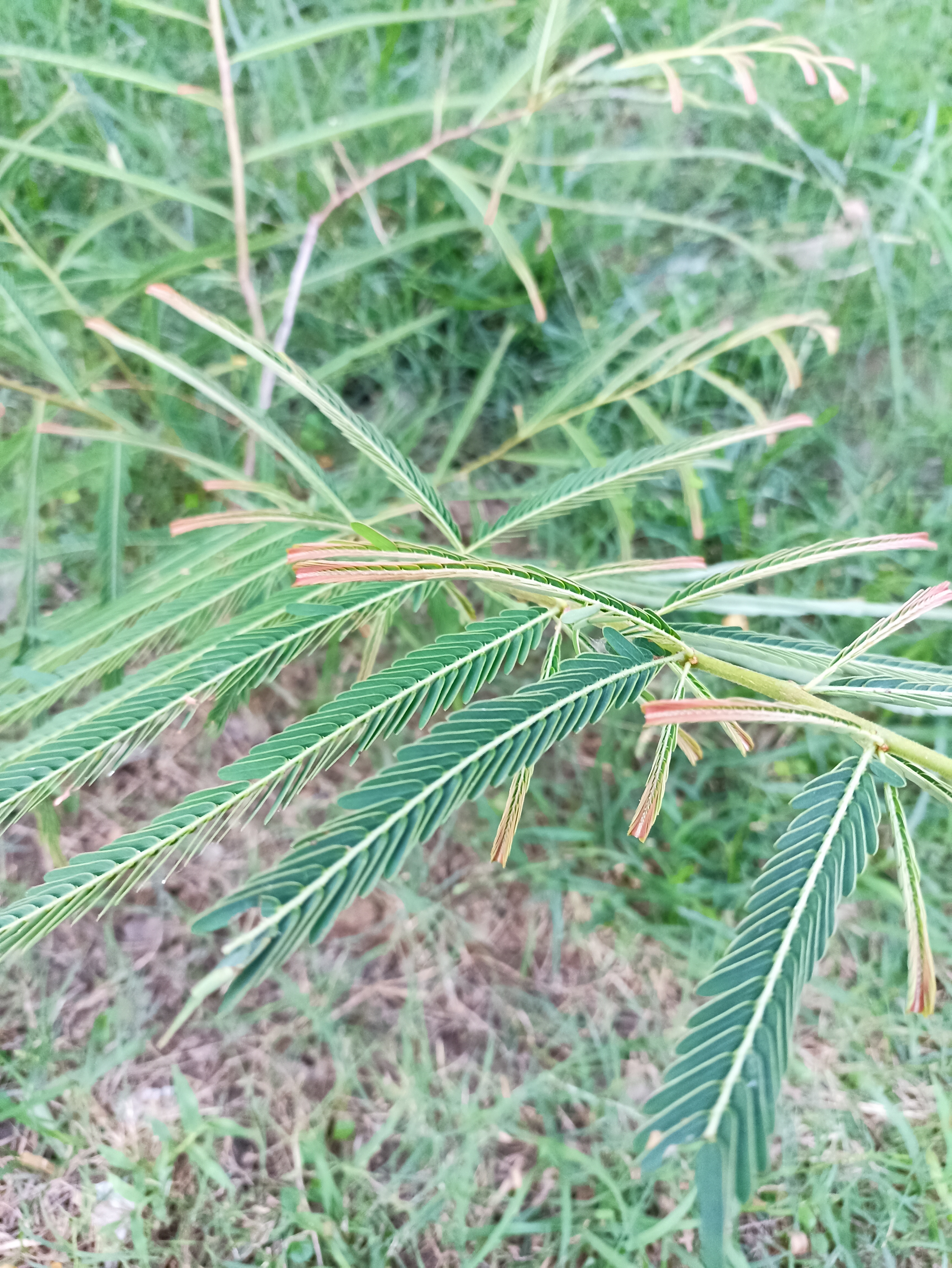Crateva adansonii/ religiosa
Species
Families
Local Names
Genus
Native/Introduced
DNA Barcode
Description
Crateva religiosa, the sacred garlic pear or temple plant, is a species of flowering tree. It is a member of the capers family. The tree is sometimes called the spider tree because the showy flowers bear long, spidery stamens. It is native to much of tropical Asia and several South Pacific islands. It is grown elsewhere for fruit, especially in parts of the African continent.
The garlic pear tree is a perennial that can grow up to 15 m (49 ft). The nectar-filled flowers are attractive to a multitude of insects and birds. A pierid butterfly, Hebomoia glaucippe, is a frequent visitor to this plant.
The chemical compound lupeol can be extracted from the bark of C. Religiosa.
Ethnopharmacological relevance: Crateva adansonii DC is a plant traditionally used in Cameroon to treat constipation, asthma, snakebites, postmenopausal complaints and cancers.
Crateva adansonii DC is a plant traditionally used in Cameroon to treat constipation, asthma, snakebites, postmenopausal complaints and cancers.
The various traditional uses of crataeva religiosa are Immunity , Restless leg syndrome , Weight Loss , astringent , cholagogue , Strengthens Bones , Urination and Excretion, Lower Risk of Heart Problems , Proper Growth , Antiemetic , antidote in snakebite , improves digestion , increases apetite and biliary secretion.
Crateva religiosa is a rare traditional herb commonly called as Varuna being worshipped from ages, have immense varied treatment potential and inculcate medicinal properties in it. The parts of the plant like Leaves, Stem Bark and Roots have been explored for many medicinal properties. The plant is enriched with phytoconstituents like Alkaloids, Glycosides, Saponins, Terpenoids, Phenols and Volatile Oils. It has been used traditionally by various Tribal Public and Rural Community to treat Kidney Stone, Hypertension, Malaria, Diabetes, Respiratory disorders, Pain, Inflammation and so on. But only a few of them have been evidenced in modern science. Traditional literature of the plant noted that the traditional and alternative medicinal healers uses and practice prescribing the formulations containing C. religiosa for various ailments. The scietrific data for the use of this plant for its Analgesic, Anti-inflammatory, Antimicrobial, Antioxidant, Hepatoprotective, Antifungal, Antiarthritic are reported confirming its biological property. In the present study botanical aspects, folkloric applications, biological and pharmacological properties of extracts has been compiled to ease researchers for further studies in the said domain and to generate scientific data for traditional use and witness the chemical entities responsible for claimed medicinal properties of the plant.









































































































































